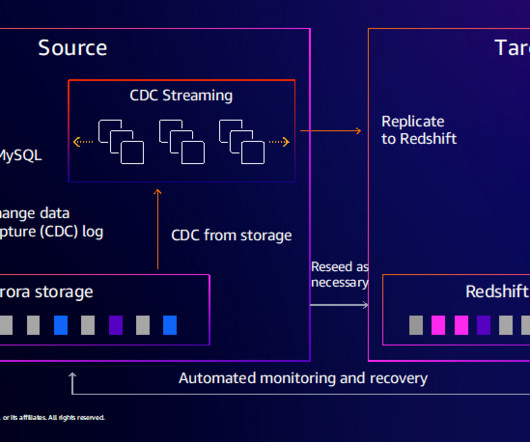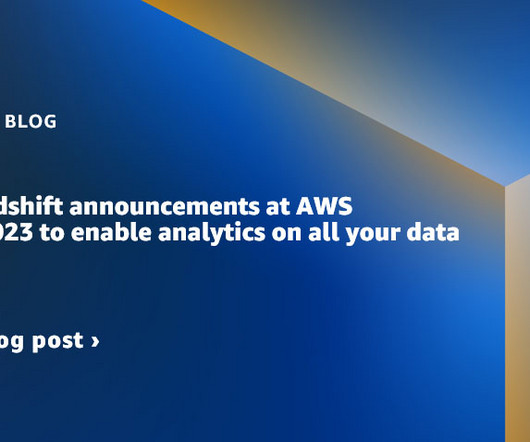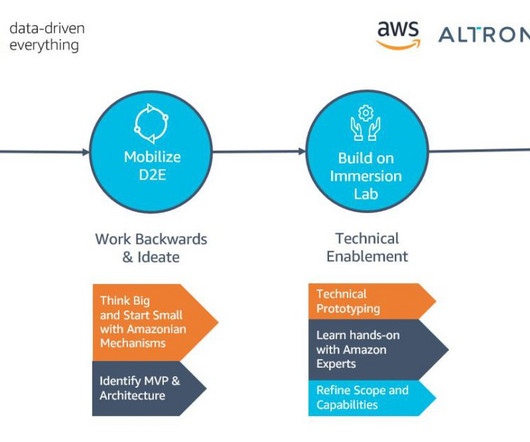Announcing zero-ETL integrations with AWS Databases and Amazon Redshift
AWS Big Data
NOVEMBER 28, 2023
To run analytics on their operational data, customers often build solutions that are a combination of a database, a data warehouse, and an extract, transform, and load (ETL) pipeline. ETL is the process data engineers use to combine data from different sources.














Let's personalize your content